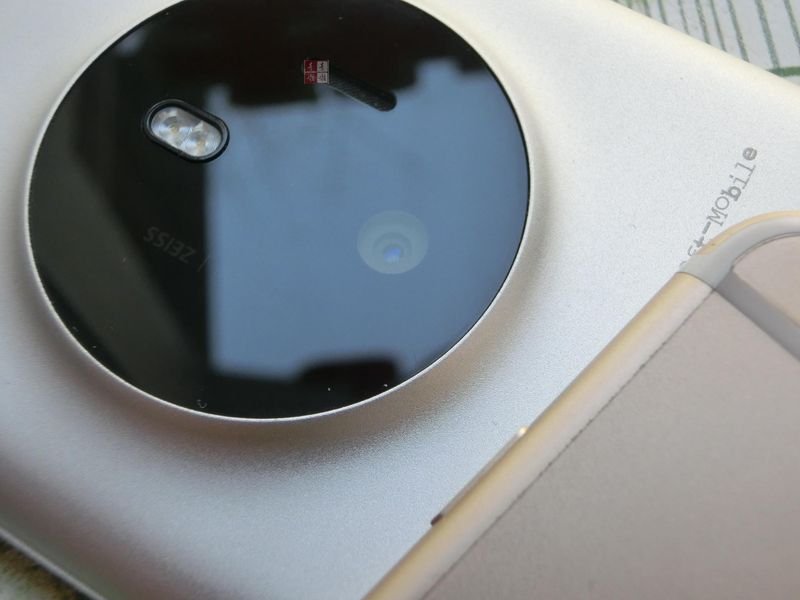Microsoft's 3D Touch 'Flyout Tile' navigation for Windows Phone leaked in a new document

Nearly one year ago, Microsoft began field testing their new 3D Touch navigation system, which at the time was destined for the flagship Nokia phone codenamed Goldfinger (and later 'McLaren'). The phone itself was scrapped at the last minute due to numerous factors and sullying Microsoft's flagship story for the fall of 2014.
In the past, Windows Central has given extensive details about the so-called 'Flyout Tiles' for a new Mixview feature. The system worked by hovering your finger over a Live Tile, which would then explode into smaller tiles. The design was reused from the Zune days where images related to an artist would do the same.

Today, the site WindowsBlogItalia has posted one of the images from the documentation that shows how this scheme was to work. Windows Central is now providing a second image, seen above, which gives a more real-world view of the Flyout Tile function.
Developers were to have access to this system, letting them program the smaller tiles with text or images. In theory, an app like Facebook could show you latest photos posted to your timeline, notifications, and more. In the example above, a contact's information (latests update, phone, text, etc.) is revealed through the Hover gesture.
Interestingly, the Flyout Tiles feature and 3D Touch APIs were hidden in the Windows Phone 8.1 SDK through a Hover extension, but only a select few developers had access to the full documentation. The APIs included such things as gestures, side interactions and heat maps.
We should caution that this information supplied by WindowsBlogItalia is actually quite old. It is not yet clear if Mixview and the 3D Touch system is something still coming to Windows 10, and whether new flagship hardware due this fall will have this technology enabled. Everything about a new flagship Windows Phone is still speculatory and unconfirmed at this point.
Regardless, for historical purposes at the very least, you can now have a better understanding of the system we described last summer.
All the latest news, reviews, and guides for Windows and Xbox diehards.
Source: WindowsBlogItalia

Daniel Rubino is the Editor-in-chief of Windows Central. He is also the head reviewer, podcast co-host, and analyst. He has been covering Microsoft since 2007 when this site was called WMExperts (and later Windows Phone Central). His interests include Windows, laptops, next-gen computing, and wearable tech. He has reviewed laptops for over 10 years and is particularly fond of 2-in-1 convertibles, Arm64 processors, new form factors, and thin-and-light PCs. Before all this tech stuff, he worked on a Ph.D. in linguistics, performed polysomnographs in NYC, and was a motion-picture operator for 17 years.
